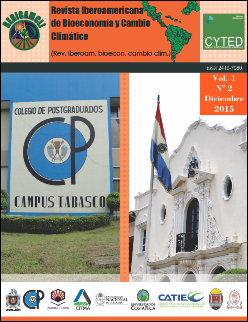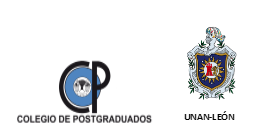Analysis of safety and productivity of power supply in the electrical system of Nicaragua in the period from 2010 to 2018
DOI:
https://doi.org/10.5377/ribcc.v1i2.2476Keywords:
Malmquist Index, Productivity, Electrical EnergyAbstract
The purpose of this study was to study the safety and productivity of power supply in the electrical system of Nicaragua in the period from 2010 to 2018 using the Stirling pointer, reserve margin, loss indicator largest generator, the market concentration indicator and methodological data envelopment analysis tool (DEA) and Malmquist indices. The behavior of the energy sector in Nicaragua, in the period studied 2005 - 2013. As result, an indicator from Stirling index ware obtained, right now Nicaragua has security in the electrical system. The reserve margin indicator was obtained as a result, of the safety level from the point of evaluation of this indicator the system has enough security to avoid incurring damages to final consumers, as a result of the loss of the largest generator indicator (LU), concludes that it has a secure system. Moreover, the rate of market concentration showed that Nicaragua does not have a competitive energy market. In assessing productivity use of energy resources, it ware found that, only the use of biomass has an average annual rate of productivity growth.
Rev. iberoam. bioecon. cambio clim. Vol. 1 num 2, 2015, pág. 20-52
Downloads
1107
HTML (Español (España)) 0
Published
How to Cite
Issue
Section
Categories
License
Copyright (c) 2016 Rev. iberoam. bioecon. cambio clim.

This work is licensed under a Creative Commons Attribution-NonCommercial-ShareAlike 4.0 International License.
Copyright © Rev. iberoam. bioecon. climate change (Graduate School and UNAN-León, School of Agricultural and Veterinary Sciences / Department of Agroecology / Center for Research in Bioeconomy and Climate Cahnge (CRByCC).







